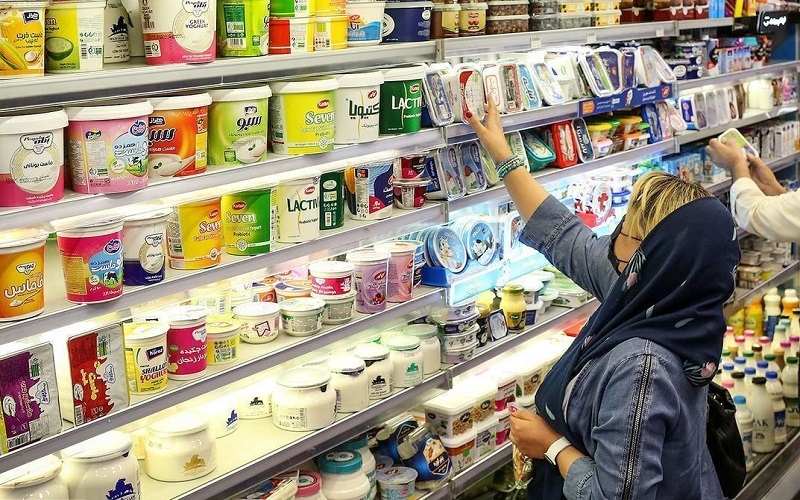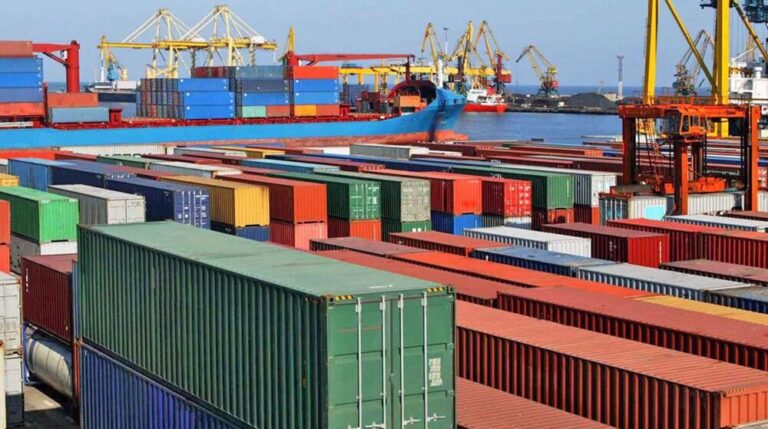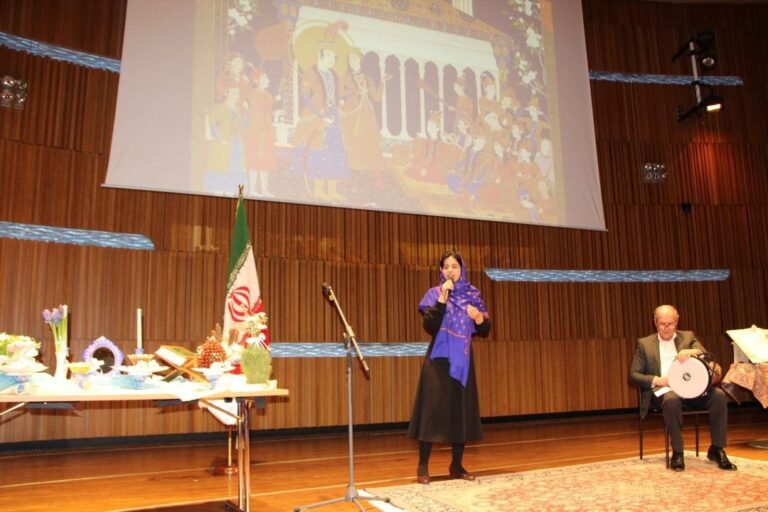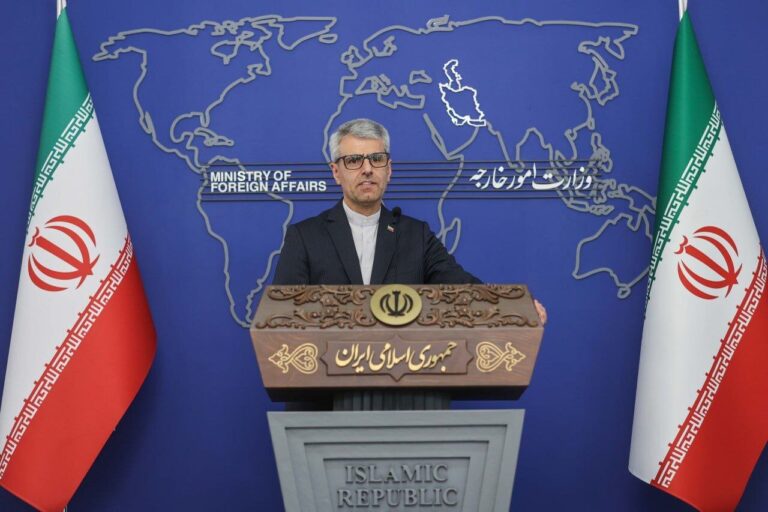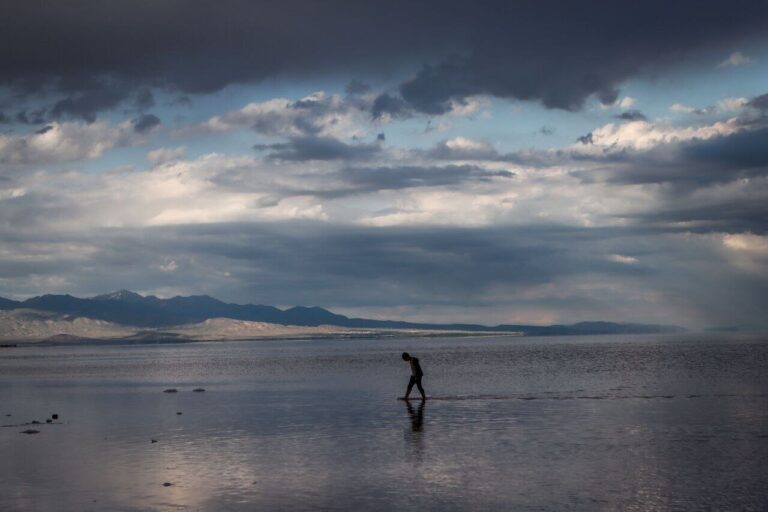Iran’s Escalating Food Crisis: Unveiling the Harsh Reality Beyond Political Pledges
The current situation in Iran highlights a pressing concern regarding food poverty and economic instability. Despite promises made by Masoud Pezeshkian, the Iranian regime’s president, during his election campaign to tackle these issues, substantial improvements remain elusive. Nearly six months into his administration, instead of addressing the lack of progress, he stated, “If the enemy surrounds us, we will not die of hunger.” This statement, however, contrasts sharply with the grim reality faced by many citizens.
Official data from various government institutions, including the Central Bank and the Statistics Center, reveal a troubling picture of food insecurity in Iran. Here are some key insights:
- Food Insecurity Levels: A staggering 55% of Iran’s urban population is grappling with food insecurity, with an average daily calorie intake of only 2,540 kilocalories. Alarmingly, 60% of this intake is derived from cereals, indicating poor nutrition and deteriorating food security.
- Meat Consumption Decline: Per capita meat consumption has dropped to just four kilograms annually, a significant decline of eight kilograms from 2011 to 2022. Among lower-income groups, consumption may be even lower, with reports suggesting less than one kilogram per year.
- Reduced Consumption of Essentials: Consumption patterns for dairy products, fruits, rice, and legumes have also witnessed a notable decrease, further exacerbating nutritional deficits.
In addition to these alarming trends, escalating food prices are compounding the economic hardships faced by many families in Iran. According to the Statistical Center of Iran, food prices surged by 40% to 103% in January 2025 compared to the same month the previous year. The most significant increases were observed in:
- Legumes
- Fruits
- Dairy Products (inflation rates between 27% and 43%)
In January 2025, the cost of food for a family of four constituted approximately 58% of the minimum wage. Reports from the Iranian Parliament’s Research Center indicate that around 26 million Iranians struggle to meet basic needs, a figure projected to rise to 32 million, highlighting a growing population living below the poverty line.
Many families are resorting to purchasing essential items like meat and dairy on installment plans due to the relentless rise in prices. This situation is not merely an economic issue but also a public health crisis.
Malnutrition and Health Concerns
The ongoing crisis has severe implications for public health. Chronic malnutrition has resulted in increased rates of stunted growth and wasting among children, particularly in provinces such as Sistan and Baluchestan, Hormozgan, Ilam, and Kohgiluyeh and Boyer Ahmad.
A nationwide health survey conducted by the Ministry of Health from November 2023 to January 2024 revealed that millions of Iranians are affected by:
- High Blood Pressure: 22% of people over 18, approximately 10 million individuals.
- Type 2 Diabetes: 14%, or around 7 million people.
- Obesity: 16 million Iranians are classified as overweight, surpassing global averages.
Afshin Estavar, head of the Endocrine and Metabolic Sciences Research Institute at Tehran University, warns that 42% of Iranians over 60 are suffering from osteoporosis, a condition worsened by the high cost of dairy products and widespread calcium deficiency in diets.
Political and Social Ramifications
The surge in food poverty and malnutrition stems from a combination of international sanctions, economic mismanagement, rampant inflation, and government corruption. These issues have jeopardized the lives of millions. Despite the severity of the situation, President Pezeshkian downplays the impact of sanctions, asserting that Iranians are not facing starvation.
In a somewhat belated acknowledgment of the crisis, government spokesperson Fatemeh Mohajerani announced plans to distribute two rounds of food vouchers before Eid. However, this approach does not address the fundamental causes of food insecurity and merely seeks to placate public dissatisfaction.
Former Interior Minister Abdolreza Rahmani Fazli, known for his role in suppressing the November 2019 protests, cautioned about escalating public discontent, deeming the current situation “far more concerning” than in 2019. He advised Pezeshkian to heed past lessons, referencing the brutal crackdown that resulted in approximately 1,500 deaths.
Conclusion
The escalating food crisis in Iran reflects not just economic instability but deeper systemic failures. While the government focuses on maintaining political survival rather than implementing necessary economic reforms, millions of Iranians struggle to secure basic nutrition. The regime’s reliance on short-term relief measures, coupled with a tendency to suppress dissent, only prolongs the inevitable reckoning. Without meaningful changes in both economic and political structures, food poverty in Iran is likely to worsen, leading to further destabilization of the nation.
